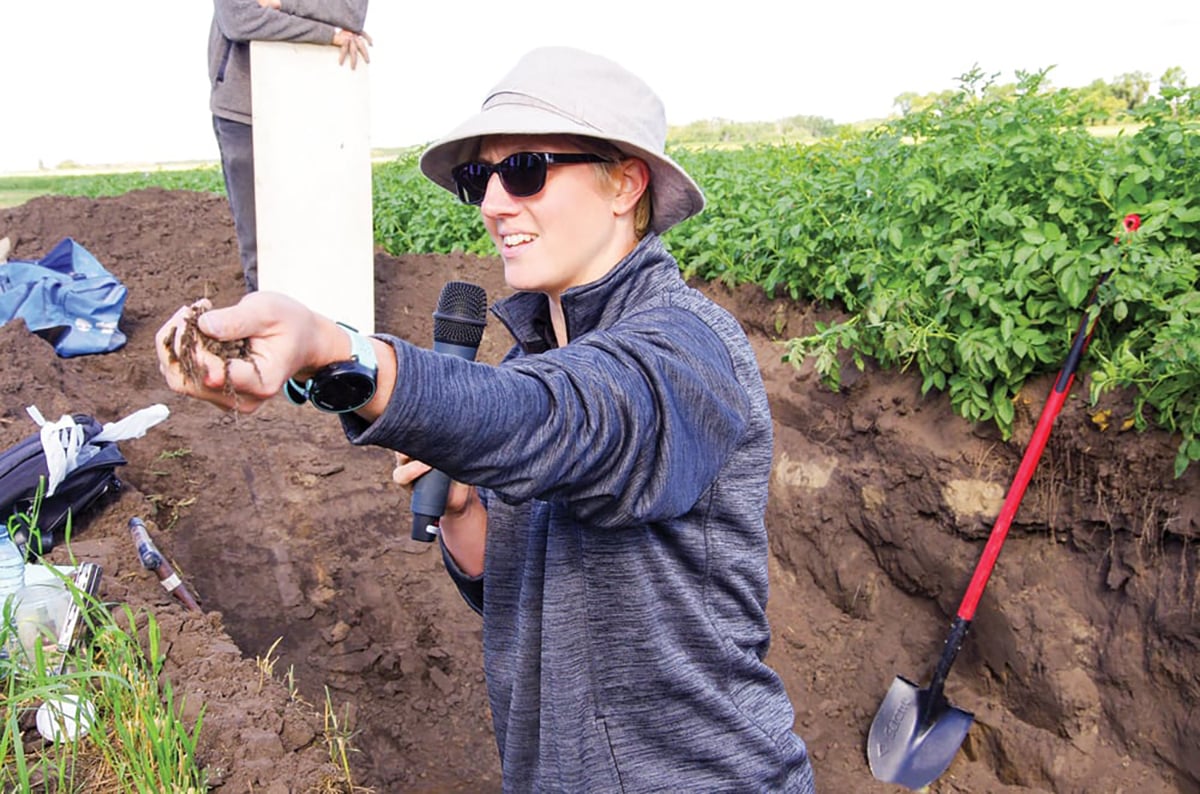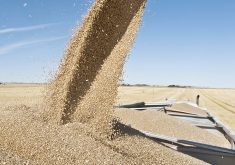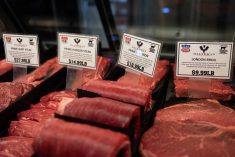A sugar found in barley straw could have a future in ethanol production.
Scientist Victoria Blake of the University of Montana says the next generation of ethanol will be derived from cellulose products, and she wants to find a low cost crop that works better than poplars, eucalyptus or switchgrass.
She told the Western Barley Growers Association’s annual meeting held in Calgary Feb. 11-12 that her research is pointing to barley straw because it is plentiful and considered a waste product in many parts of the United States.
Read Also

Fall soil testing tips for smart fertilizer plans
Quality crops next year start with quality soil test data, which starts with Manitoba farmers using the best possible soil sampling practices in fall 2025
“We need to be looking at other sources,” she said. “Algae down the road is great, but we are not there yet.”
To figure out how barley straw might work, she fed different varieties to cattle to learn which was most easily digested.
The cow rumen was a good substitute for an ethanol refinery because the gut microbes digest cellulose similar to how it is broken down to make ethanol.
Blake said she needed to find a barley variety with lignin that would break down easily.
Straw contains a chain of glucose molecules that form lignin to make plants stand as they age. Wood is lignin and lends strength and support to a tree.
Blake planted more than 1,900 barley lines and assessed them for dry matter digestibility to determine how much of the dry barley straw was taken up by the microbes.
She found that up to 80 percent of the straw from some lines was digested. The research included wheat straw varieties that did not digest well.
A further experiment in a laboratory digested straw artificially under the same conditions that would occur in the rumen.
Blake was looking for genes that contribute to dry matter digestibility and solubility.
In the course of her work, she found the straw varieties that broke down easily had high fructan levels. Fructan is a polymer of fructose, a form of sugar that feeds the plant. It is found in artichokes, asparagus, green beans, onions and wheat.
Fructan can be converted to ethanol because microorganisms easily break it down to simple sugars used in fermentation.
One promising barley variety is a large six row, hulless purple plant that is also high in beta glucan, a soluble fibre with human health benefits. It has potential as a parent line.
Blake hopes to release a new high fructan variety in 2012 that would also be a good hay type barley.
She said ethanol prices are declining but the U.S. and Canadian governments are funding biofuel research so these kinds of projects are worth continuing.
If ethanol becomes too cheap, she added, the fructan can be diverted to food production.
It is already added to yogurt and pet food with most derived from chicory or Jerusalem artichokes.















